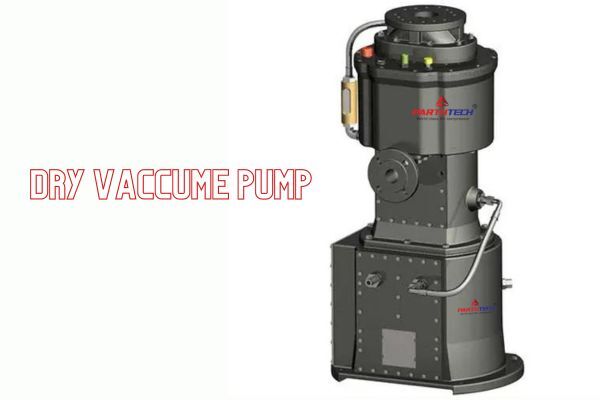-
Call
-
Whatsapp
9825014048
-
Location


Blog


BLOG

Dry Vacuum Pump
Selecting the right dry vacuum pump is crucial for industries that rely on vacuum technology for various applications. Unlike oil-sealed vacuum pumps, dry vacuum pumps offer advantages such as reduced environmental impact, lower maintenance costs, and improved process cleanliness.
This blog will explore key factors to consider when choosing a dry vacuum pump to ensure optimal performance in diverse industrial settings.
1. Application Requirements:
Deciding which dry vacuum pump is best for your application requires knowing its particular requirements first. Different processes like semiconductor manufacturing, pharmaceutical production, or research laboratories may demand varying vacuum pressure levels and flow rates. These requirements are essential for selecting a pump that aligns with your operational needs.

2. Ultimate Vacuum Level:
The ultimate vacuum level is a critical parameter to consider. It refers to the lowest pressure the pump can achieve. Depending on your application, you may need a lower or higher ultimate vacuum level pump. Ensure that the selected dry vacuum pump consistently meets your processe's required vacuum level.
3. Chemical Compatibility:
Evaluate the chemical compatibility of the dry vacuum pump with the gases or vapours involved in your application. Some processes may involve aggressive chemicals that could damage certain pump materials. Choosing a pump constructed with chemically resistant materials ensures durability and longevity in challenging environments.
4. Contamination Risk:
One of the advantages of dry vacuum pumps is their ability to operate without oil, reducing the risk of oil contamination in the vacuum process. Consider the cleanliness requirements of your application, especially in industries like electronics manufacturing or pharmaceuticals, where contamination can impact product quality. Opting for a Dry pump minimizes the risk of oil-related contamination.
5. Energy Efficiency:
Energy Efficiency is a significant factor in reducing operational costs and environmental impact. Look for dry vacuum pumps with energy-efficient technologies, such as variable speed drives or regenerative capabilities. This saves on electricity costs and contributes to a more sustainable and eco-friendly operation.
6. Maintenance and Reliability:
Assess the maintenance requirements of the dry vacuum pump. Generally, dry pumps have lower maintenance needs compared to oil-sealed pumps. Choose a pump with features like self-lubricating bearings and minimal wear parts for increased reliability and reduced downtime.
7. Footprint and Installation:
Consider the physical footprint and installation requirements of the dry vacuum pump. You might require a small pump that fits neatly into your current system, depending on your available space and how your facility is laid out. Additionally, check if the pump offers installation flexibility to accommodate your specific setup.
Conclusion:
Choosing the right dry vacuum pump involves thoughtful consideration of application requirements, ultimate vacuum levels, chemical compatibility, contamination risk, energy efficiency, maintenance needs, and installation considerations. By carefully evaluating these factors, you can select a dry vacuum pump that meets the demands of your processes and contributes to enhanced efficiency, reduced operating costs, and a cleaner vacuum environment.


FAQs

